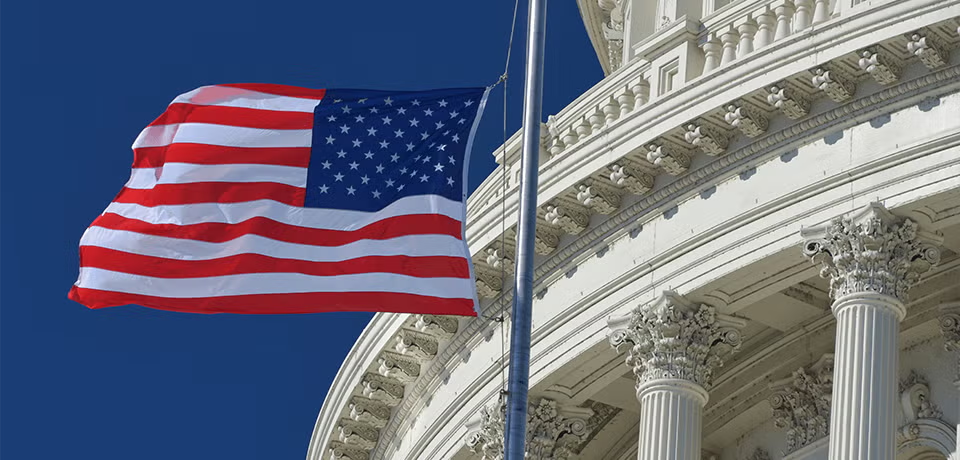Regulations are issued by governmental agencies at all levels: local, state, federal and international. Once issued, regulations are rarely rescinded, leading to an increasing regulatory burden over time.
The federal government is the most prolific regulator, issuing an average of 3,200 new regulations annually. A small subset of regulations, about 3%, have the largest economic impact with each costing at least $200 million annually or otherwise significantly affect the economy. The cumulative compliance costs for old and new regulations on businesses are estimated to be in the hundreds of billions of dollars annually, which is similar in magnitude to corporate income taxes.
Chemical manufacturing is the most heavily regulated subsector of manufacturing, in terms of regulatory compliance cost as a share of total labor cost.1 The 2021 Code of Federal Regulations (CFR) imposes over 100,000 restrictions on domestic chemical manufacturing, representing 10% of all CFR restrictions. The number of restrictions has doubled over the past twenty years, with the majority related to environment, health and safety (EH&S), followed by tax and labor.
Because regulations, once imposed, seldom are eliminated, the accumulation of regulatory requirements over time has become significant, particularly for sectors that are heavily regulated. This presents a significant barrier to entry for new firms and for smaller firms that lack personnel dedicated entirely to regulatory compliance. Although regulatory agencies are supposed to consider the cumulative impact of their requirements and that of other regulators, they seldom do because (1) their priority is to develop and enforce new regulations and (2) there are no well-established methods for estimating cumulative impact.
2x
Regulations on chemical industry have doubled over the past two decades.
